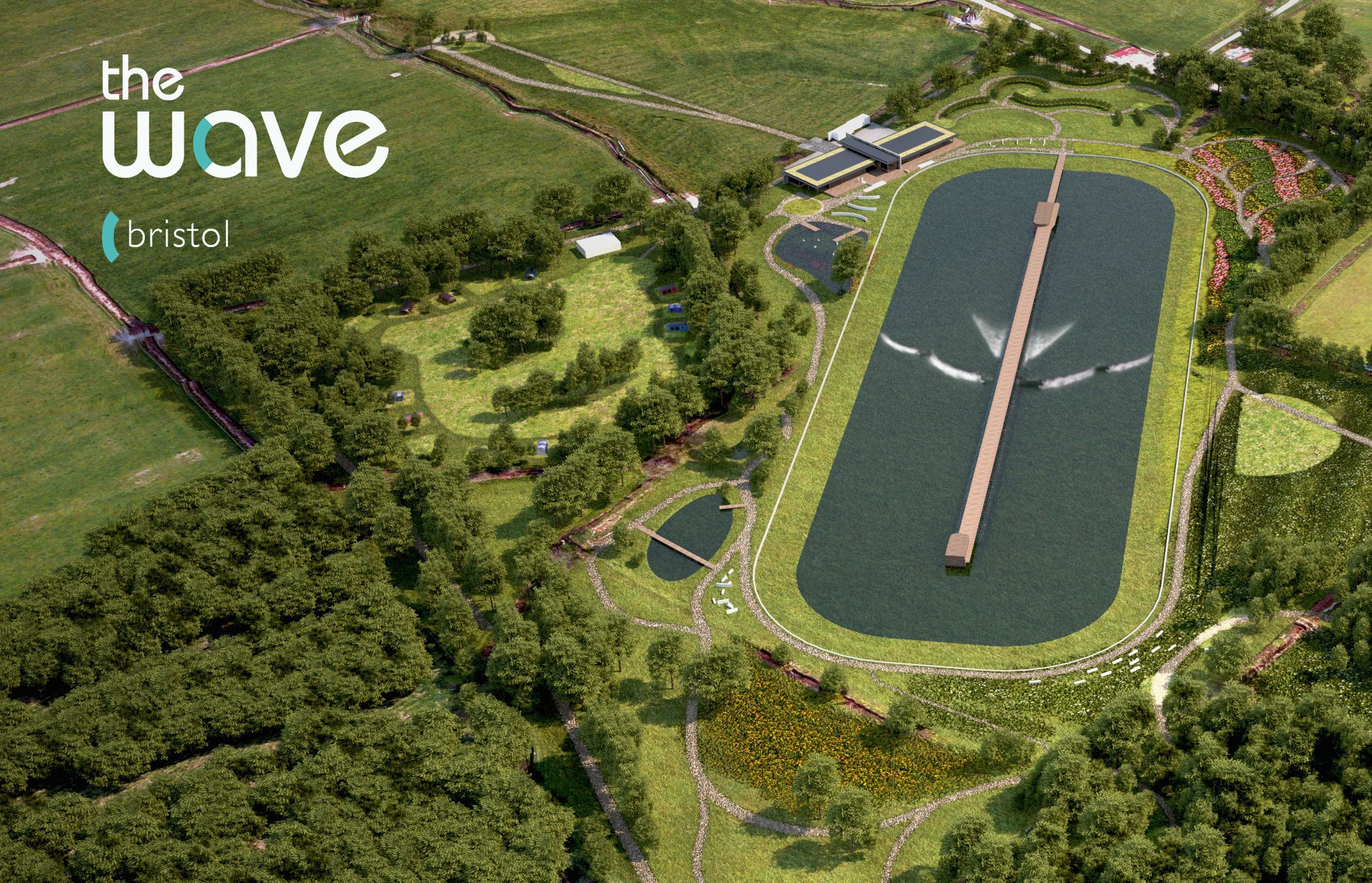- Details
- Written by: Mike Walker
For a surfer the idea of a place where the waves are always clean and predictable – albeit not very big – sounds like heaven. But if that little piece if heaven happens to be a man-made wave park, perhaps on or in a town or city, is it really ‘surfing’?
Because ‘wave parks’ look set to be the next big thing in surfing.
Like dry ski slopes and snow domes before them, wave parks will bring the great outdoors to suburbia, allowing people who live miles from the sea to experience the thrill of riding waves.
‘Surf Snowdonia’ could see a multi-million pound wave park in operation in North Wales in the very near future, while plans have recently been submitted for a similar development called The Wave in Bristol.
Both developments are based on technology designed by a company called Wave Garden, with ‘Surf Snowdonia’ producing relatively hollow waves that will travel for 720 feet without losing power or shape.
Two identical waves will be released every minute breaking both left and right, providing rides of up to 20 seconds before ending in smooth whitewater.
It probably won’t excite experienced wave riders too much, but it’s marketed more at children and beginners and is forecast to attract up to 70,000 visitors a year.
Cynics would question the need for such facilities so close to areas of the country that already have surf (the Lleyn Peninsula and North Devon respectively in these two cases) and it may even be detrimental to surf-related businesses on those coastlines if their potential customers decide to hit the man-made waves instead of natural swells.
And on a purely aesthetic note it’s hard to see how riding a predictable, always-the-same wave in a controlled urban environment can ever compare to paddling out on a sunny day at Croyde or Hell’s Mouth with a couple of surf buddies.
So I asked Nick Hounsfield of ‘The Wave’ (www.the-wave.co.uk) what he considers to be the positive side of such developments.
“The benefits are safe, controlled, predictable, regular, clean waves on demand 24/7. It’s good for inclusivity and educating people about surfing, for talent spotting, technique improvement, competitions (guaranteed surf!) and accessibility for those who do not live by the sea”.
Which are all totally valid points and ones you’d expect to hear from someone developing a wave park!
But Nick is also aware that there are negatives to the concept too, which he lists as “Energy consumption, building costs, the environmental impact of construction, the lack of a ‘natural’ environment and the risk it could become a middle class ‘enclave’".
Interestingly The Wave has received support from various eco-aware organisations such as One Per Cent for the Planet, whilst their ‘ambassadors’ include the likes of former European longboard champion Sam Bleakley and big wave surfer and Patagonia European manager Gabe Davies, who says “ I love The Wave. Anything that can bring waves inland and share the amazing sport and lifestyle of surfing with a city like Bristol in this way is fantastic".
“I have high hopes that this can lead to many more sites around the UK and I wholeheartedly support this ambitious and pioneering development both in terms of the surfing and also in the benefits it can bring to the surrounding areas.”
So the people ‘at the top’ of surfing seem to be pretty much behind the wave park concept.
From a personal point of view I’m not so sure – yes it’s great that those who aren’t fortunate enough to live by the sea will have the opportunity to ‘surf’, but how can it compare to paddling out with a couple of mates on a sunny day at your favourite beach and enjoying an afternoon riding a perfect head-high swell?




